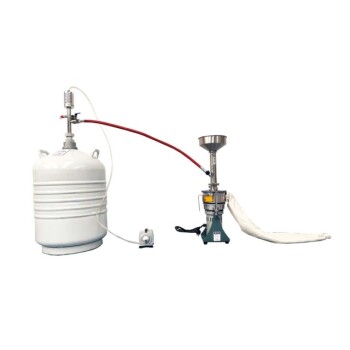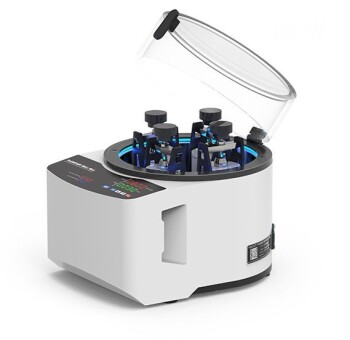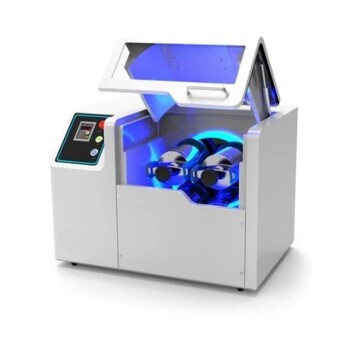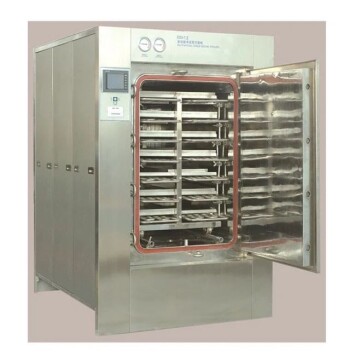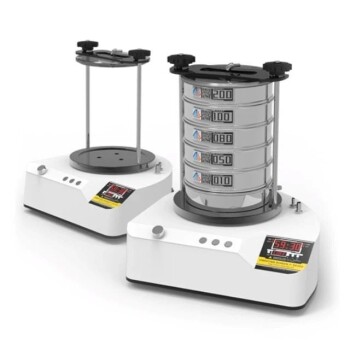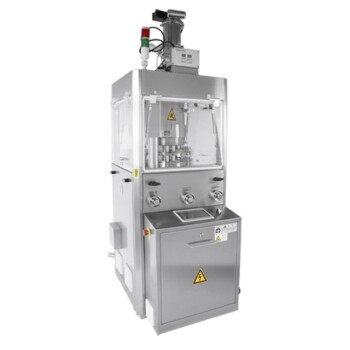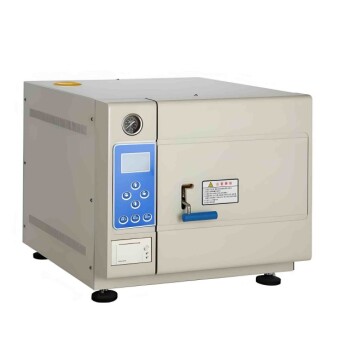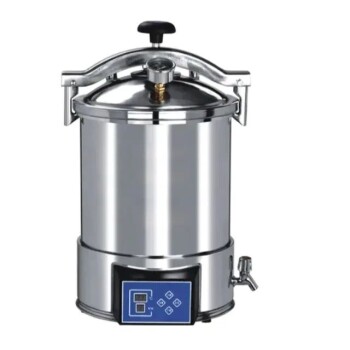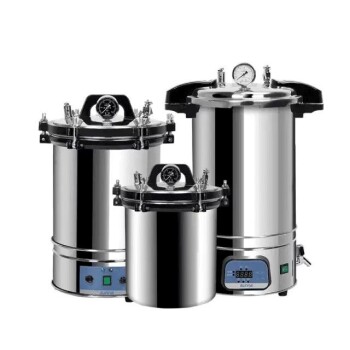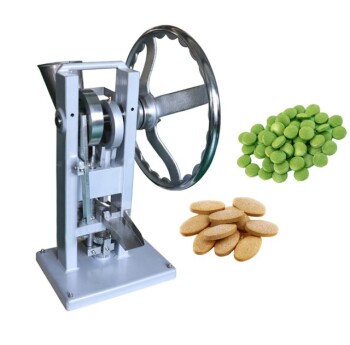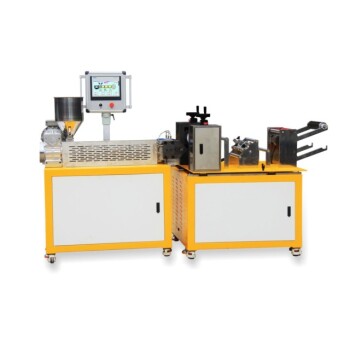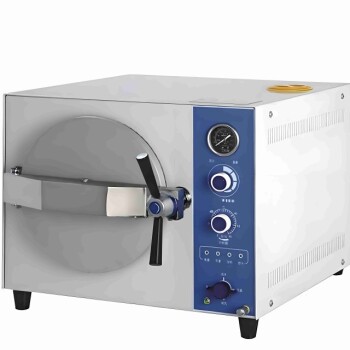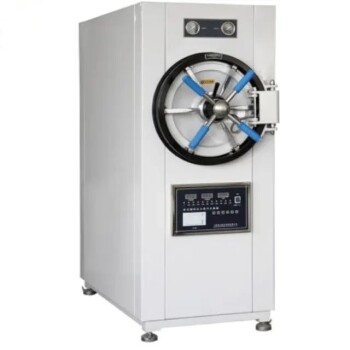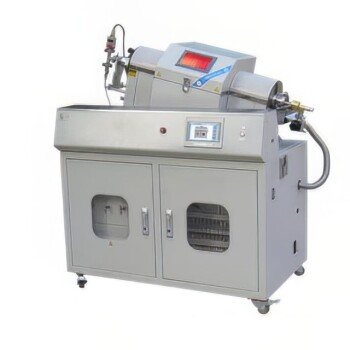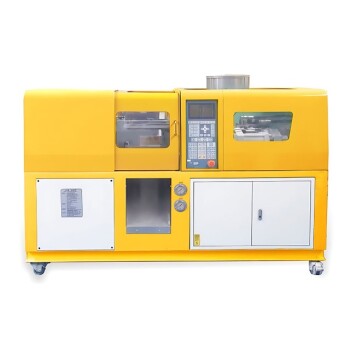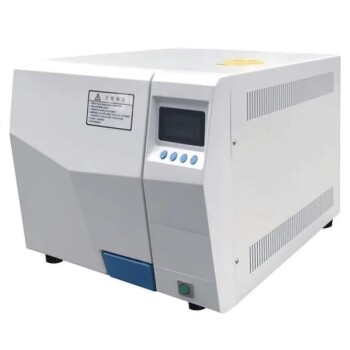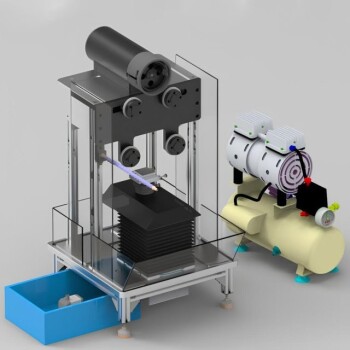저온 분쇄 소개
전통적인 향신료 분쇄의 과제
상온에서 수행되는 전통적인 분쇄 방법은 최종 향신료 제품의 품질과 효능에 직접적인 영향을 미치는 몇 가지 중요한 과제를 안고 있습니다. 주요 문제 중 하나는 미끄러짐 입니다. 이러한 미끄러움은 비효율적인 분쇄로 이어져 향신료가 원하는 미세도로 분쇄되지 않아 향신료 분말의 전체적인 질감과 일관성에 영향을 미칠 수 있습니다.
또 다른 중요한 문제는 열 발생 입니다. 분쇄 장비의 기계적 작용으로 인해 마찰이 발생하고 이로 인해 열이 발생합니다. 이 열은 향신료에 존재하는 휘발성 방향성 물질에 해를 끼쳐 향신료가 증발하거나 변질될 수 있습니다. 향신료는 맛뿐만 아니라 에센셜 오일에 함유된 독특한 향으로 인해 가치가 높습니다. 이러한 오일은 휘발성이 강하고 고온에 노출되면 쉽게 손실되어 향신료의 감각적 매력과 품질을 크게 떨어뜨릴 수 있습니다.
이러한 방향성 화합물의 손실은 향신료의 관능적 특성뿐만 아니라 상업적 가치에도 영향을 미칩니다. 향신료는 향과 풍미 프로파일을 기반으로 판매되는 경우가 많으며, 이러한 특성이 저하되면 품질이 떨어지는 제품으로 이어질 수 있습니다. 또한 전통적인 분쇄 과정에서 발생하는 열은 향신료의 색을 변화시켜 향신료의 생동감이 떨어지고 소비자들에게 덜 매력적으로 보이게 만들 수 있습니다.
요약하면, 상온에서의 전통적인 분쇄는 미끄러짐과 열 발생과 같은 문제로 인해 휘발성 향기 물질의 손실로 이어지고 향신료 제품의 전반적인 품질에 부정적인 영향을 미칩니다. 이러한 문제는 이러한 문제를 효과적으로 해결할 수 있는 보다 진보된 분쇄 기술의 필요성을 강조합니다.
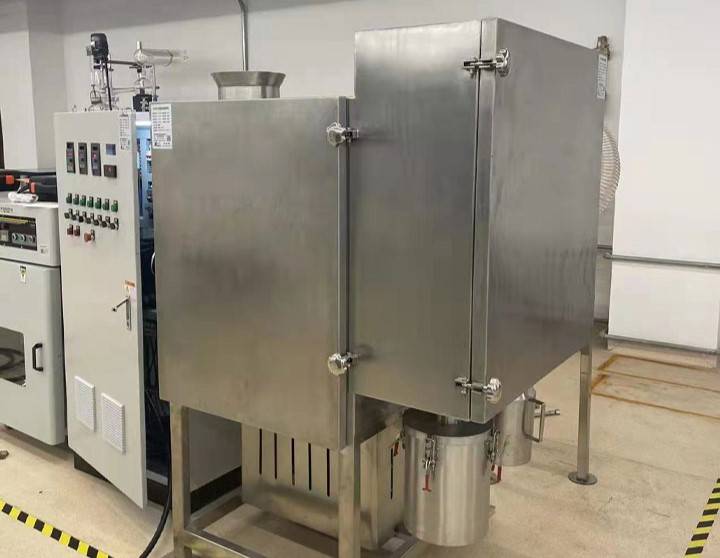
저온 분쇄의 장점
저온 분쇄는 액체 질소를 사용하여 영하의 온도를 유지함으로써 향신료의 필수 품질 보존을 크게 향상시키는 방법입니다. 이 혁신적인 기술은 향신료의 생생한 색과 강렬한 풍미를 유지할 뿐만 아니라 고온에서 휘발성이 강하고 분해되기 쉬운 활성 화합물을 안전하게 보호합니다.
저온 분쇄는 극저온 환경에서 작동하기 때문에 분쇄 과정에서 열 발생으로 인한 방향성 물질의 손실과 미끄러움 등 기존의 상온 방식과 관련된 일반적인 문제를 완화합니다. 그 결과 분쇄 공정의 효율성이 현저히 개선되어 보다 일관되고 고품질의 최종 제품을 생산할 수 있습니다.
본질적으로 저온 분쇄에 액체 질소를 사용하면 향신료의 무결성이 보존되므로 향, 색, 유효 성분의 효능이 저하되는 기존 방식에 대한 탁월한 대안이 될 수 있습니다. 이러한 기술의 발전은 향신료 산업에서 요구하는 엄격한 품질 기준을 충족할 뿐만 아니라 향신료 제품의 전반적인 매력과 시장성을 향상시킵니다.
저온 분쇄의 기술적 세부 사항
극저온 분쇄 공정
극저온 분쇄 공정은 액체 질소를 사용하여 재료를 예냉하는 것으로 시작하는데, 이 단계는 재료를 부서지기 쉽고 분쇄하기 쉽게 만드는 중요한 단계입니다. 이 사전 냉각 단계는 분쇄 공정 전반에 걸쳐 재료의 무결성을 보존하기 때문에 필수적입니다. 재료가 충분히 냉각되면 기계식 분쇄기에 투입됩니다. 극저온 밀 임펠러로 구동되는 고속 회전을 거치게 됩니다.
분쇄기 내에서 재료는 일련의 복잡한 상호 작용을 경험합니다. 재료는 블레이드, 톱니 디스크 및 기타 입자와 반복적으로 접촉하여 충격, 충돌, 전단 및 마찰이 복합적으로 발생합니다. 이러한 상호작용은 원하는 분쇄 효과를 얻기 위해 세심하게 설계됩니다. 그런 다음 재료는 공기 흐름을 통해 분류됩니다. 체 쉐이커 를 통해 입자의 미세도에 따라 분쇄된 입자를 분리합니다. 지정된 입도 요건을 충족하지 못하는 입자는 추가 처리를 위해 분쇄기로 다시 재활용되어 최고 품질의 분말만 생산됩니다.
극저온 분쇄기 시스템은 폐쇄회로 순환 방식으로 작동하여 에너지 효율을 극대화하고 폐기물을 최소화합니다. 냉각 소스인 액체 질소는 처리되는 재료의 특정 취성 온도에 따라 섭씨 -196도까지 낮은 온도로 조정할 수 있습니다. 이러한 유연성 덕분에 최적의 분쇄 온도를 선택할 수 있어 에너지 소비를 줄이면서 공정의 전반적인 효율을 높일 수 있습니다. 분쇄된 재료의 입도는 10~700메시까지 다양하며, 경우에 따라서는 미크론 수준의 입도까지 도달할 수 있습니다.
액체 질소를 분쇄 매체로 사용하면 초저온 분쇄가 용이할 뿐만 아니라 방폭 및 항산화와 같은 추가적인 이점도 얻을 수 있습니다. 이 방법은 열과 산화에 민감한 재료에 특히 유리하며, 분쇄 공정 내내 화학적 무결성을 유지할 수 있습니다. 극저온 연삭의 응용 분야는 생명공학, 재료 과학, 화학, 지질학, 제약 등 매우 광범위합니다. 거의 모든 재료를 원래의 특성을 유지하면서 미세 분말로 가공할 수 있기 때문에 극저온 분쇄는 현대 산업에서 다목적이며 필수 불가결한 기술입니다.
다양한 산업 분야에서의 적용
저온 분쇄 기술은 분쇄하는 동안 재료의 특성을 유지할 수 있는 능력으로 향신료뿐만 아니라 다양한 산업 분야에서 광범위하게 적용되고 있습니다. 이 다용도 기술은 특히 재료의 무결성을 보존하는 것이 중요한 분야에서 유용합니다.
바이오 분야 생물학 분야 저온 분쇄는 조직이나 세포와 같은 섬세한 생물학적 시료가 분해되지 않고 온전한 상태로 유지되도록 합니다. 이 방법은 생물학적 물질의 구조적 및 기능적 특성을 유지하는 데 필수적이며, 이는 정확한 분석과 연구에 매우 중요합니다.
식품 산업 식품 산업 도 이 기술의 이점을 크게 누리고 있습니다. 수분 함량이 높거나 허브 및 특정 과일과 같이 열에 민감한 식품은 영양가나 관능적 특성을 잃지 않고 분쇄할 수 있습니다. 이렇게 풍미와 식감을 보존하면 식품의 전반적인 품질이 향상되어 소비자들에게 더욱 매력적으로 다가갈 수 있습니다.
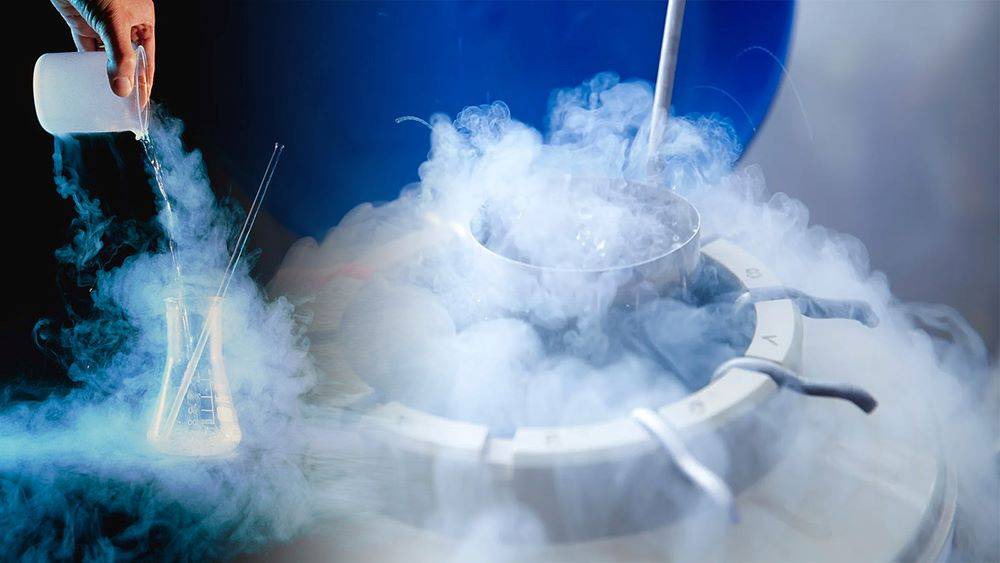
식품 분야 제약 분야 열에 민감한 약물과 화합물을 화학 구조를 변경하지 않고 분쇄하는 능력은 매우 중요합니다. 이렇게 하면 약물의 효능이 그대로 유지되므로 환자의 안전과 치료 결과에 매우 중요합니다.
또한 탄성 소재 및 휘발성 성분 샘플 에서도 이 기술의 유용성을 발견할 수 있습니다. 기존 방법으로는 처리하기 어려운 탄성 재료는 탄성을 잃지 않고 효과적으로 분쇄할 수 있습니다. 마찬가지로 고온에서 분해되기 쉬운 휘발성 성분도 저온 분쇄를 통해 본질적인 특성을 유지하면서 보존할 수 있습니다.
이 기술의 광범위한 적용 가능성은 현대 산업 공정에서 다양한 재료의 무결성과 품질을 유지하는 데 상당한 이점을 제공하는 다목적 도구로서 그 중요성을 강조합니다.
향신료 품질에 미치는 영향
색상 보존
저온 분쇄는 기존 분쇄 기술에서는 종종 손상되는 향신료의 생생한 색상을 보존하는 데 탁월한 방법으로 각광받고 있습니다. 상온에서 작동하는 기존 방식은 분쇄 과정에서 열과 마찰이 발생하기 때문에 색이 크게 변하기 쉽습니다. 이러한 열로 인해 향신료가 산화되어 천연 색소가 저하되고 색이 칙칙해질 수 있습니다.
이와 달리 저온 분쇄는 액체 질소를 사용하여 분쇄 공정 전반에 걸쳐 지속적으로 차가운 환경을 유지합니다. 이러한 극저온 방식은 열과 마찰의 악영향을 효과적으로 완화하여 향신료 본연의 색을 보존합니다. 아래 표는 기존 분쇄 방식과 저온 분쇄 방식의 색상 유지력을 비교한 것입니다:
| 분쇄 방법 | 색상 유지율(%) |
|---|---|
| 전통적인 분쇄 | 60-70% |
| 저온 분쇄 | 90-95% |
저온 분쇄를 통해 향상된 색상 유지력은 향신료의 시각적 매력을 유지할 뿐만 아니라 전반적인 시장 가치에도 기여합니다. 소비자는 종종 생생한 색상을 신선도와 품질과 연관 짓기 때문에 이 보존 기술은 향신료 업계에서 우수한 제품을 제공하기 위한 중요한 요소입니다.
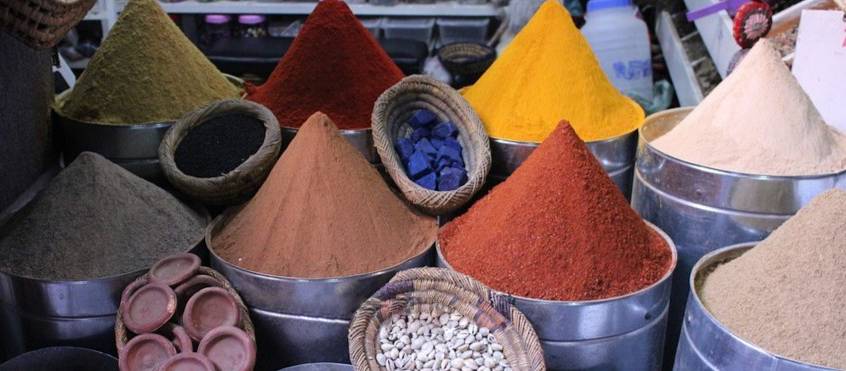
또한 저온 분쇄를 통해 생산된 배치 전체에서 색상이 일관되게 유지되므로 제조업체는 엄격한 품질 기준을 충족하고 균일한 제품 외관을 유지할 수 있습니다. 이러한 일관성은 요리 및 제약 분야와 같이 시각적 표현이 핵심 판매 포인트인 산업에서 특히 중요합니다.
요약하면, 향신료 산업에서 저온 분쇄를 적용하면 맛과 향뿐만 아니라 향신료의 품질과 매력을 정의하는 시각적 특성도 보존하는 데 있어 상당한 진전을 이룰 수 있습니다.
풍미 유지
저온 분쇄 기술은 향신료의 독특한 풍미를 내는 섬세하고 휘발성 있는 오일을 보존하는 데 탁월합니다. 열과 마찰로 인해 향기로운 화합물이 분해되는 기존 방식과 달리, 이 첨단 기술은 이러한 에센셜 오일을 그대로 유지합니다. 분쇄 과정에서 액체 질소를 사용하여 저온 환경을 유지하는 것이 이러한 보존의 핵심입니다.
이 방법은 원래의 풍미 프로파일을 유지할 뿐만 아니라 이를 향상시켜 최종 제품이 소비자들에게 더욱 매력적으로 다가갈 수 있도록 합니다. 향미 유지력이 향상되면 향신료를 요리에 사용하든 조미료로 사용하든 뛰어난 감각적 경험을 선사할 수 있습니다. 이러한 향미 품질 개선은 향신료의 본질이 보존되고 심지어 강조되기 때문에 소비자 만족도와 브랜드 충성도를 높일 수 있습니다.
또한 저온 분쇄를 통해 일관된 풍미 품질을 달성하면 배치 간 생산의 변동성을 줄여 각 향신료 패키지가 동일하고 견고하며 정통적인 맛을 전달할 수 있습니다. 이러한 일관성은 품질 관리와 소비자 신뢰가 가장 중요한 식품 산업에서 특히 중요합니다.
요약하면, 저온 분쇄의 풍미 유지 이점은 향신료 제품의 전반적인 품질과 매력을 크게 향상시켜 업계에서 선호되는 방법입니다.
미세 특성 및 유동성
향신료 산업에 저온 분쇄 기술을 적용하면 결과물인 분말의 미세 특성과 유동성이 크게 개선됩니다. 이 혁신적인 방법은 입자의 크기가 더 작을 뿐만 아니라 표면 특성도 향상된 미세 입자를 생성합니다. 이러한 개선은 향신료 분말의 효율적인 취급 및 가공에 중요한 속성인 유동성 향상에 직접적으로 기여합니다.
저온 분쇄를 통한 입자 크기 감소는 유동성 개선의 핵심 요소입니다. 입자가 작을수록 불규칙성이 적고 표면이 매끄러워져 입자 간 마찰이 최소화됩니다. 이렇게 매끄러운 표면은 입자가 서로 달라붙거나 덩어리를 형성하는 경향을 줄여 파우더의 전반적인 흐름 특성을 개선합니다.
또한 입자의 표면 특성이 개선되어 질감이 균일해지고 표면 거칠기가 감소하여 유동성이 더욱 향상됩니다. 이러한 특성은 극저온 분쇄 공정 중에 유지되는 제어된 환경과 정밀한 처리 조건의 직접적인 결과입니다. 액체 질소를 사용하면 입자의 무결성을 보존할 뿐만 아니라 더 나은 흐름을 촉진하는 방식으로 표면 특성을 수정할 수 있는 온도로 냉각할 수 있습니다.
요약하면, 저온 분쇄로 생산된 미세한 분말과 개선된 표면 특성이 결합되어 보다 자유롭고 일관되게 흐르는 재료가 만들어집니다. 이러한 유동성 개선은 향신료 제품의 효율적인 생산과 포장에 필수적이며, 궁극적으로 최종 제품의 품질을 높이고 소비자들에게 더 나은 경험을 선사합니다.
실제 적용 사례 및 향후 전망
산업 채택
향신료 산업에서 저온 분쇄 기술의 도입은 이미 널리 확산되어 수많은 기업이 이 혁신적인 방법을 생산 공정에 통합하고 있습니다. 이 기술은 기존 분쇄 방식에서는 종종 손상되는 천연 색, 향, 휘발성 오일을 보존하여 향신료 분말의 품질을 크게 향상시켰습니다.
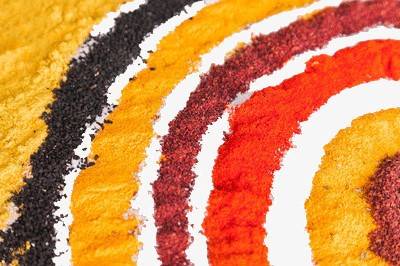
업계 도입의 주요 이점
- 제품 품질 향상: 분쇄 시 저온 환경으로 향신료의 섬세한 향기 성분이 유지되어 소비자들에게 어필할 수 있는 우수한 제품을 생산할 수 있습니다.
- 운영 효율성: 분쇄에 필요한 시간과 에너지를 줄임으로써 기업은 운영을 간소화하여 비용 절감과 생산 효율성 향상으로 이어질 수 있습니다.
- 더 넓은 적용 분야: 이 기술은 향신료 분말뿐만 아니라 활성 물질의 무결성을 유지하는 것이 중요한 제약 및 식품 가공과 같은 다른 산업 분야에서도 활용이 모색되고 있습니다.
다양한 분야에서 저온 분쇄를 성공적으로 구현함으로써 기존 생산 방식을 혁신하여 지속 가능한 고품질 대안을 제공할 수 있는 잠재력을 입증하고 있습니다.
에너지 및 비용 고려 사항
저온 분쇄 기술에서는 액체 질소의 효율적인 활용이 무엇보다 중요합니다. 이 극저온 공정은 향신료의 품질을 보존할 뿐만 아니라 에너지 자원에 대한 세심한 관리도 필요합니다. 고품질 생산량과 비용 효율성이라는 두 가지 목표를 달성하려면 액체 질소의 전략적 적용이 필수적입니다.
기술의 발전은 액체 질소 소비를 최적화하는 데 중추적인 역할을 해왔습니다. 자동화 시스템과 개선된 단열 기술 등의 혁신으로 낭비가 크게 줄었습니다. 이러한 발전은 운영 비용을 낮출 뿐만 아니라 보다 지속 가능한 생산 공정에도 기여합니다.
또한 스마트 센서와 실시간 모니터링 시스템을 통합하여 액체 질소 사용량을 정밀하게 제어할 수 있습니다. 이러한 동적 접근 방식은 온도와 질소 수준의 변동을 최소화하면서 분쇄 공정의 효율성을 유지합니다. 결과적으로 이러한 기술적 개선은 향신료의 무결성 유지와 운영 비용 관리 사이의 균형을 유지하도록 돕습니다.
요약하면, 액체 질소를 효율적으로 사용하는 것이 중요하지만, 지속적인 기술 발전으로 이러한 균형을 지속적으로 개선하여 비용이나 품질 저하 없이 저온 분쇄의 이점을 실현할 수 있습니다.
관련 제품
- 액체 질소 극저온 분쇄기 크라이오밀 공기 초미세 분쇄기
- 실험실 분쇄용 미니 행성 볼 밀 기계
- 고에너지 실험실용 수평 탱크형 유성 볼 밀 기계
- 식물용 허브 분말 멸균기 실험실 오토클레이브
- 건식 및 습식 3차원 체질용 실험실 진동체 검기

